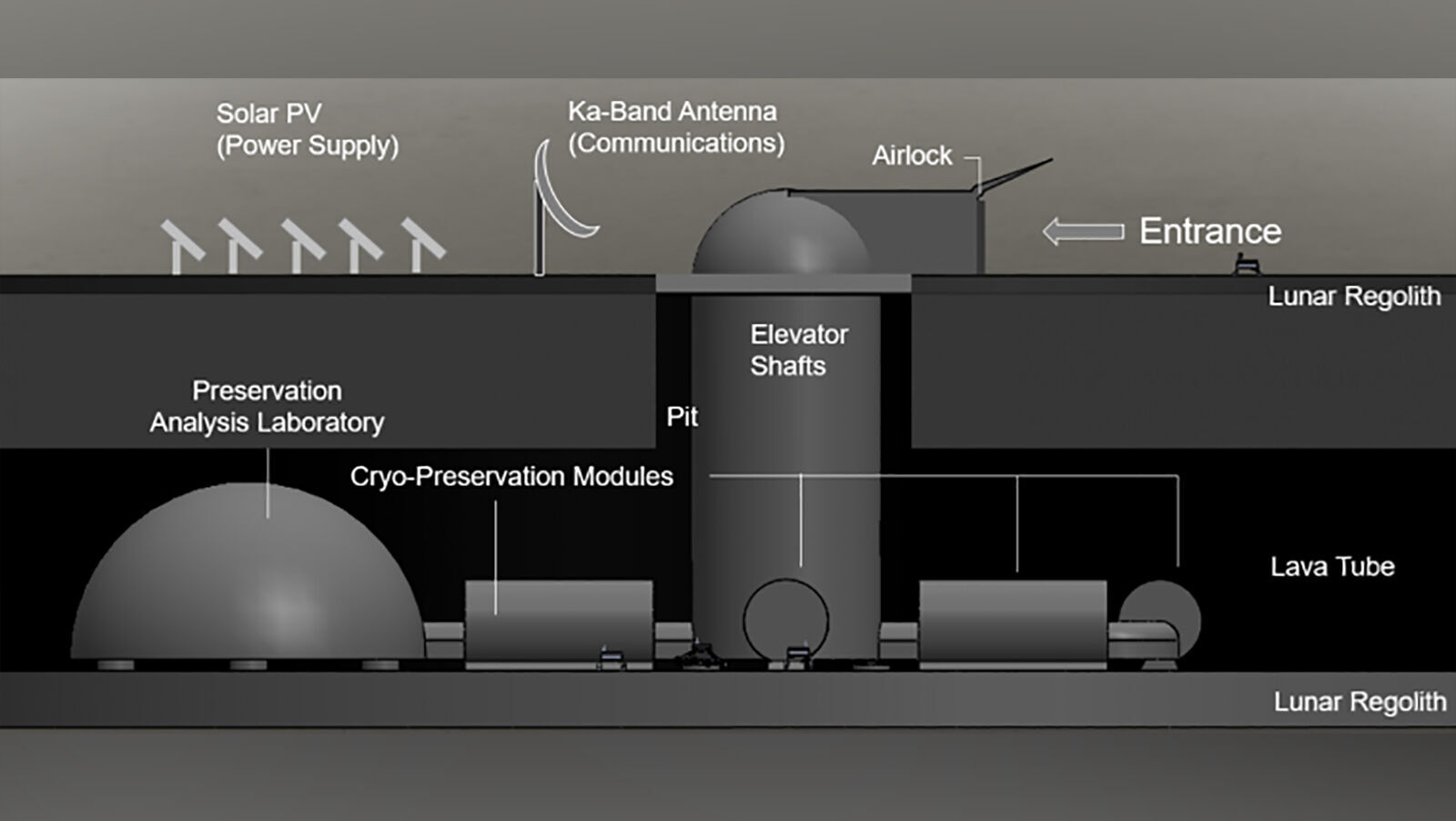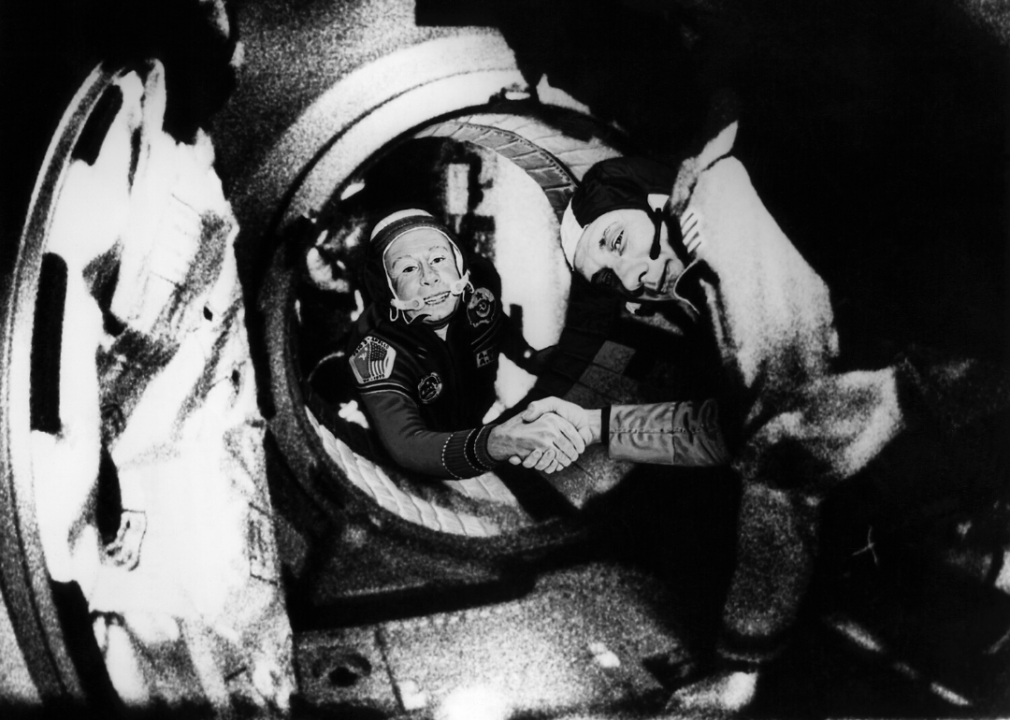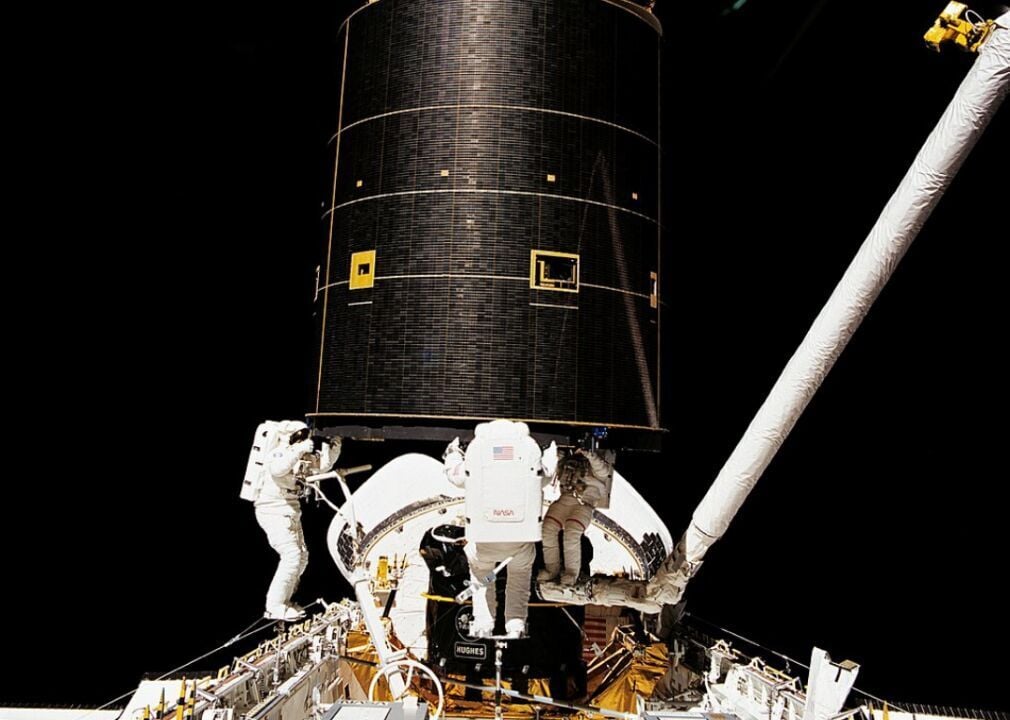
“What we’ve also learned in our own studies, over the years, is that the return trip from the moon to Earth is actually a lot cheaper than the forward trip,” Thanga said.The researchers propose to first map these tubes using specially designed robots capable of autonomously exploring the caverns and tunnels. “It’s still going to be very expensive in terms of rocket launches at current prices,” he said.īut a round trip is more costly on the front end – in other words, getting to the moon takes more money than getting back to Earth. One thing on Thanga’s mind is that launching supplies to the moon isn’t cheap. The project may take decades, but researchers say it still has considerations in the here and now. “The overall number of rocket launches going would be about 250, maybe a little bit more if we’re going to go 500 individuals per species.” So, can I get a ticket to ride? “What ends up being the challenge here is just to know the sheer amount of cargo that you need to carry,” Thanga said. “So the whole field of robotics in cryogenics, or even humans operating in cryogenic environments, needs to be further mastered.” “Most of the time, you know, folks don’t operate within cryogenic environments,” he said. Roadblocks to the doomsday plan are inevitable, especially as little is known about how humankind or other life can fare in the moon’s environment. Yes, all of this is easier said than done “It’s like they’re locked in place by strings, but invisible strings,” Thanga said in the release. Shelves to house specimens could use a phenomenon called “quantum levitation” so that they could stay in place, the university’s news release says. According to, temperatures can fluctuate from 260 degrees Fahrenheit during the lunar day – when the moon is fully exposed to the sun – to minus-280 degrees at night 14 days later.Ĭonceptual drawings of the facility include a preservation analysis laboratory, elevator shafts and a caterpillar-like “cryo-preservation module.”Īnything that’s stored and moved around in the tunnels would be kept at cryogenic temperatures of about minus-292 degrees Fahrenheit. The tunnels, about 325 feet in diameter, could provide protection from harmful exposure to solar radiation and surface temperature changes. The tunnels just so happen to be the same size as modern subways, making them ideal for storage. Subsurface lakes raise new questions about life on MarsĬoincidence is creativity’s partner. The 200 lava tubes discovered in 2013 formed billions of years ago, when lava melted its way through soft rock just below the lunar surface. Lava tunnels like the moon’s subway system How such a network of tunnels could be created is as intriguing as what goes inside, according to UArizona. “We needed a whole ecosystem to follow us, particularly to support us in terms of food, support us in terms of living,” he said. The plan includes ways to store as much organic material as possible in the tunnels, and the supply needs to be as diverse as Mother Nature. “I think it’s going to become part of the disaster-preparation toolset, or tool kit,” Thanga said.


The plan, still in the conceptual phase, envisions a facility tucked in lava tunnels discovered on the moon in 2013, where the genetic resources could be housed until needed. It’s a “modern global insurance policy,” said Thanga, a professor of aerospace and mechanical engineering at the university’s College of Aerospace and Mechanical Engineering. Jekan Thanga, an assistant professor, is guiding a group of graduate and undergraduate students to conceive a “backup plan” of vital resources.

All cryogenically preserved in a vault, like a sort of “ lunar ark.” But wouldn’t ‘global insurance’ be expensive? Egg and sperm from creatures great and small. Perhaps guided by Hollywood disaster movies, partly by the looming danger of climate change, the team has proposed a packing list in case a global disaster makes Mother Earth unlivable. ( Photo by sjmck/ Creative Commons)Īn engineering team at the University of Arizona is proposing a “doomsday vault” – in lava tunnels on the moon – to preserve the wondrous diversity of life on Earth if the apocalypse comes. A “doomsday vault” of cryogenic materials like plant seeds and human sperm, built in a facility in lava tunnels on the moon, could be a resource to start life in case of a global disaster, said Jekan Thanga, an assistant professor at the University of Arizona.


 0 kommentar(er)
0 kommentar(er)
